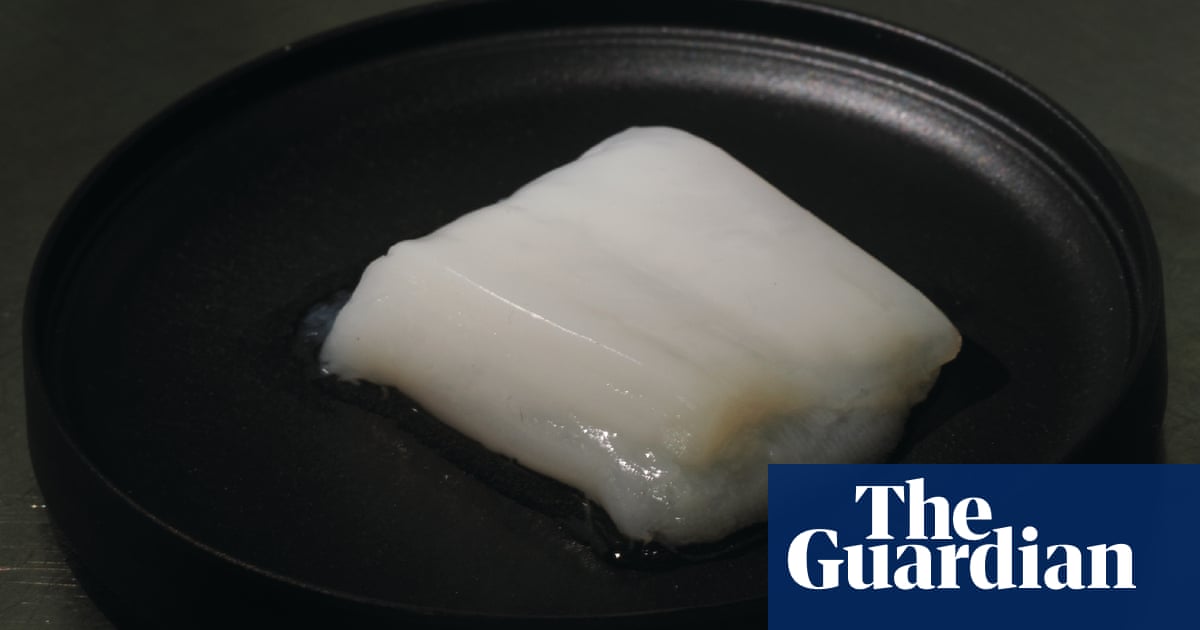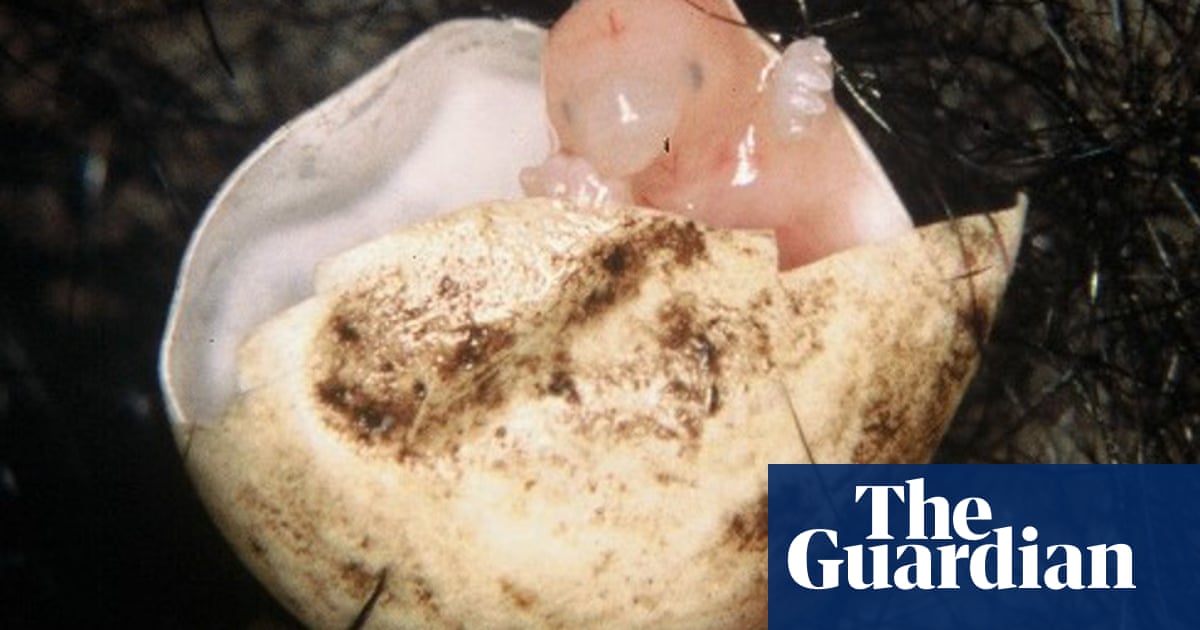Lab-grown chicken ‘nuggets’ hailed as ‘transformative step’ for cultured meat | Cell-cultivated meat

Researchers are claiming a breakthrough in lab-grown meat after producing nugget-sized chunks of chicken in a device that mimics the blood vessels that make up the circulatory system.
The approach uses fine hollow fibres to deliver oxygen and nutrients to chicken muscle cells suspended in a gel, an advance that allowed scientists to grow lumps of meat up to 2cm long and 1cm thick.
The hollow fibre bioreactor paves the way for whole cuts of chicken, beef, pork and fish to be grown in the lab, researchers believe. The same technology has the potential to produce functional organs, too.
“This looks like a transformative step, it’s a really elegant solution,” said Prof Derek Stewart at the James Hutton Institute in Dundee. “They’ve created something of a size and scale that people are hardwired to eat: it’s the chicken nugget model.”
A major hurdle to growing meat in the lab is the difficulty in getting enough nutrients and oxygen to muscle cells in thick sections of tissue. Without them, the cells die off. As such, many projects focus on growing tiny pieces of meat akin to mince.
To solve the size problem, Prof Shoji Takeuchi, at the University of Tokyo, built a bioreactor that holds living cells in a gel and feeds them with oxygen and nutrients through fine, semi-permeable fibres that pass through the material.
“One of the key challenges in growing thick tissue is that cells in the centre can struggle to receive enough oxygen and nutrients, which may lead to cell death,” Takeuchi said. “Our system helped address this by providing internal perfusion, allowing us to support the growth of thicker, more consistent tissue.”
Writing in Trends in Biotechnology, Takeuchi and his team describe how they grew an 11g chunk of chicken from a gel that had more than 1,000 hollow fibres running through it. A culture medium rich in nutrients and oxygen was pumped down the fibres to nourish the cells.
Growing meat in larger, more structured pieces could help researchers replicate the texture and appearance of meat such as chicken breast or thigh, Takeuchi said. “While small-scale or minced cultured meat is easier to produce, it may not fully capture the fibrous structure and mouth-feel that consumers associate with conventional cuts,” he added.
For now, the hollow fibres of the artificial circulatory system must be removed by hand once the meat has grown. But the scientists are aiming to replace them with edible cellulose fibres that can be left in and used to vary the texture of the meat.
Edible fibres may open up other possibilities, too, Stewart said. Meats could be fortified by adding zinc and selenium to the culture medium, helping to boost the immune systems of older people, he suggested. He also wondered if masala sauce could be passed down the tubes to create a nugget version of chicken tikka masala. “I’d give it a go,” he said.
Takeuchi said future versions of the bioreactor may need artificial blood that carries more oxygen to the cells, to allow the growth of larger lumps of meat. With sufficient funding, he believes products based on the approach could be available in five- to 10 years.
“At first, it will likely be more expensive than conventional chicken, mainly due to material and production costs,” he said. “However, we are actively developing food-grade, scalable systems, and if successful, we expect the cost to decrease substantially over time.”
Source link






